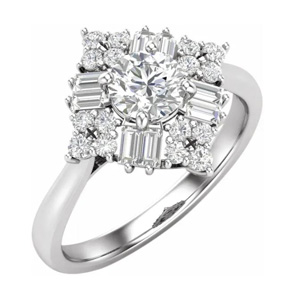Period jewelry refers to jewelry that comes from a certain time span. Owning a piece of period jewelry allows fine jewelry aficionados and history enthusiasts a chance to wear beautiful, unique pieces that aren’t easily found in today’s jewelry market. Some of the most well-known period jewelry categories include Victorian, Art Nouveau, Edwardian, Art Deco, and Retro. Each offers distinctive themes that appeal to many jewelry lovers.
Victorian jewelry (from 1837-1901) typically features one or more of the following:
- Matching sets of ornate gemstone jewelry
- Gemstones such as diamonds, emeralds, coral, amethyst, garnet, turquoise, and tortoise shell
- Sentimental or romantic symbols
- Ornamental locks of hair
- Mourning jewelry made of jet and other black materials
- Cameos that typically feature a pale silhouette against a dark background
- Revival of Greek, Roman, and Egyptian jewelry styles
- Gothic and Renaissance motifs
- Silver-topped gold jewelry
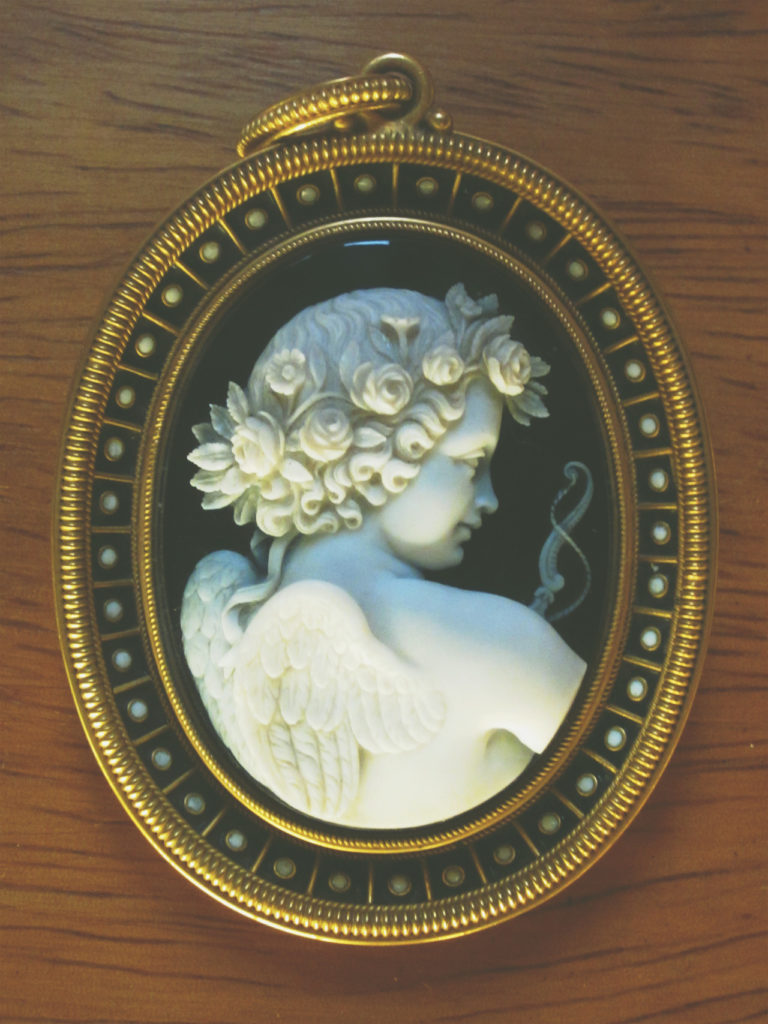
Victorian Cameo Pendant
Art Nouveau jewelry (introduced in the 1890s) typically features one of more of the following:
- Curving lines
- Realistic portrayals of nature, including butterflies, dragonflies, birds, and intertwining foliage
- Dragons and other mythical beasts
- Gemstones such as pearls, opals, moonstone, aquamarine, tourmaline, rose quartz, chalcedony, chrysoprase, and amethyst
- Use of either molded or enameled glass
- Designs of women transformed into mermaids, winged sprites, or flowers
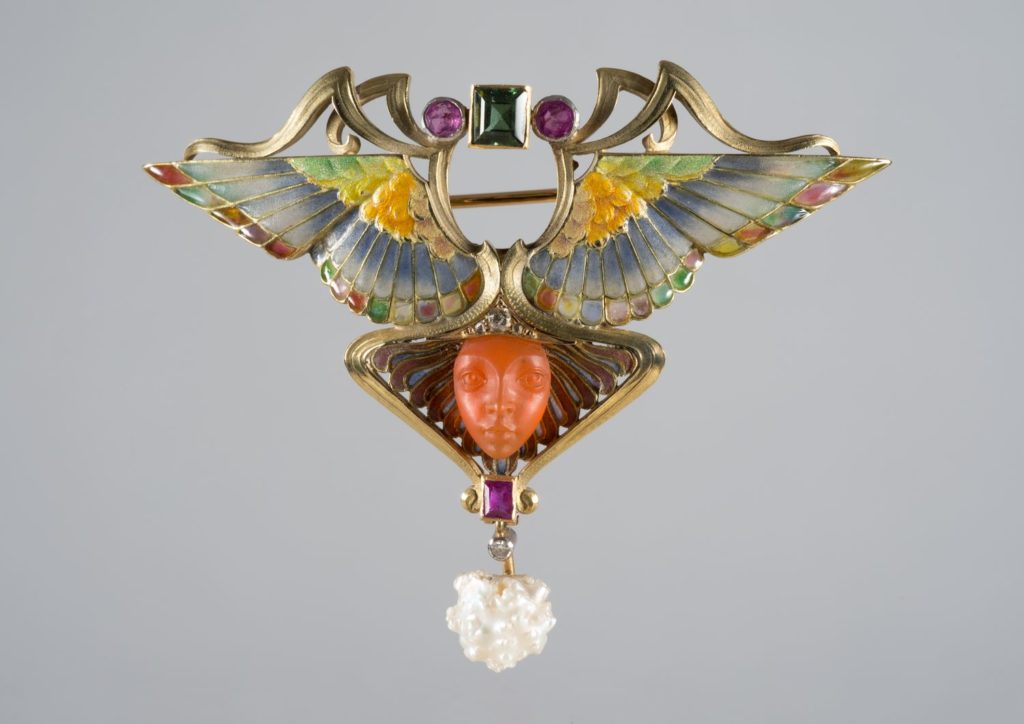
Art Nouveau Brooch
Edwardian jewelry (between 1900 and 1915) typically features one or more of the following:
- Lavish jewelry worn to demonstrate one’s wealth
- Platinum
- Pearls and diamonds
- Colored gemstones like rubies, sapphires, emeralds, opal, and cat’s eye chrysoberyl
- Motifs like garlands, ribbons, bows, crescents, starbursts, Greek keys, laurel wreaths, wings, feathers, crowns, oak leaves, swallows, and butterflies
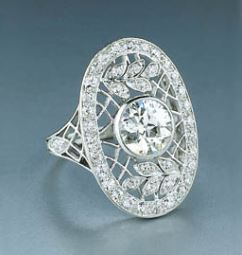
Edwardian Ring
Art Deco jewelry (1920s and 1930s) typically features one or more of the following:
- Bold, contrasting colors
- Strong geometric patterns
- Sleek, streamlined looks that emphasize the vertical line
- Gemstones such as diamonds, black onyx, lapis lazuli, ruby, emerald, sapphire, jade, turquoise, and topaz
- Carved or cabochon-cut colored gemstones
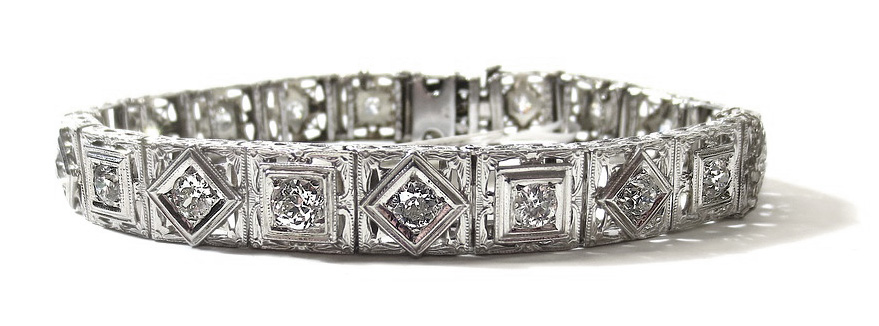
Art Deco Bracelet
Retro jewelry (1940s and 1950s) typically features one or more of the following:
- Gold (since platinum was reserved for military use during World War II)
- Few gemstones (given their short supply during this time period)
- Small diamonds and rubies
- Lightly colored sapphires
- Floral and bow motifs in colored gemstones
- Animal figures made of enameled gold and gems
- Jeweled brooches and lapel clips
- Bold, sculpted curves of rose gold set with small diamonds and rubies
- Designs inspired by mechanical objects like bicycle chains, padlocks, and tank treads
- Stylized natural motifs
- Laboratory-grown gemstones
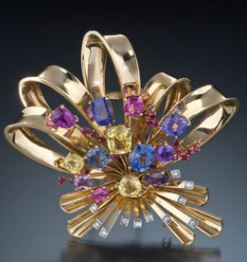
Retro Floral Brooch


